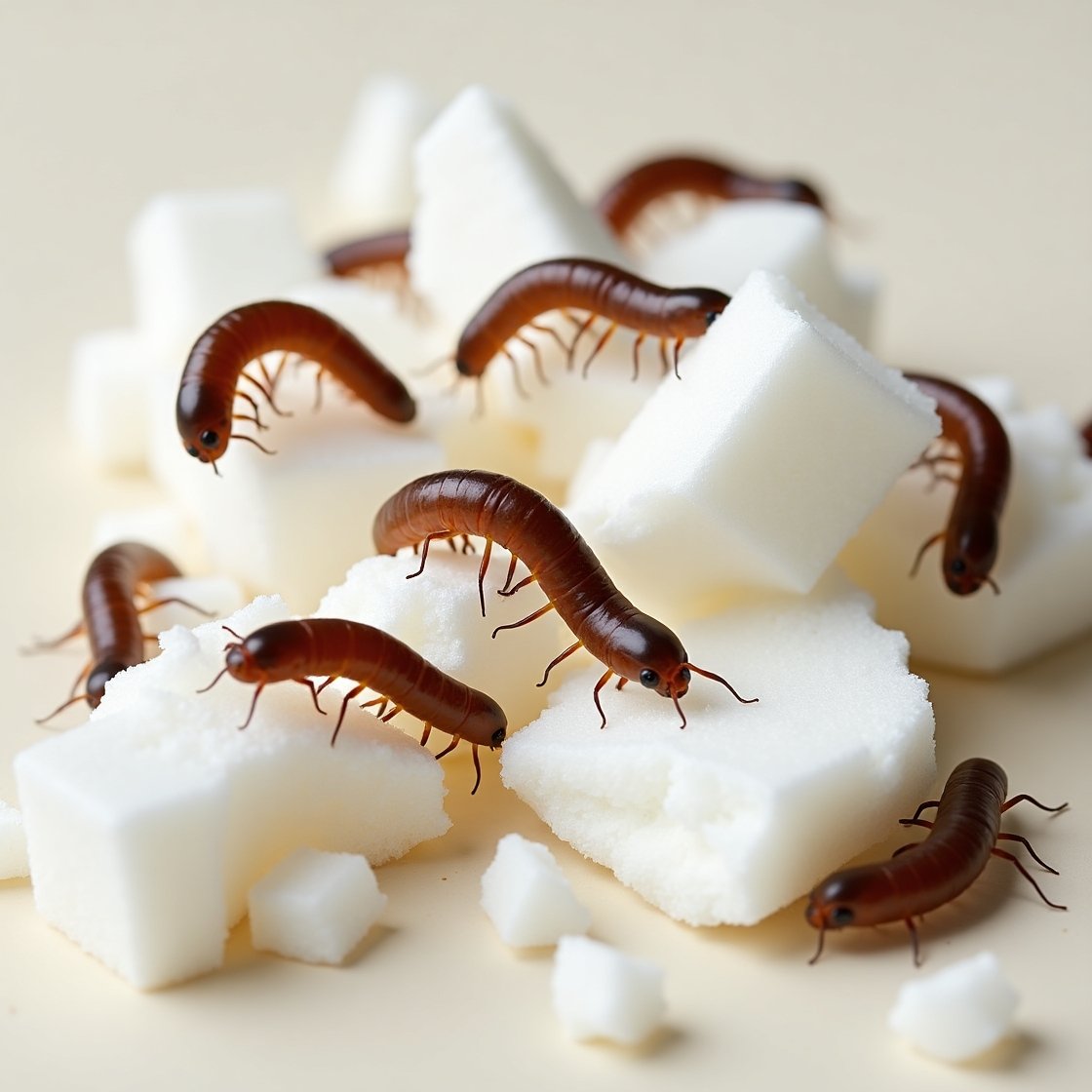Are you ready to publish papers as a student? But scared of how to write and submit it to leading journals such as Elsevier and Springer. So learn how academic publishing works. Here is a step-by-step guide that makes your life easier in a stressful situation of publishing a paper in US research journals.
Publishing Research Papers as a Student
Publishing research papers as a student may seem scary, but remember, it is the most valuable step toward encouraging your academic career. Whether you are pursuing undergraduate, masters, or doctoral studies, publishing research papers validates your research and also counts you within the international academic community.
In the US, research and academic publishing have persuasive bindings with leading publishers like Springer and Elsevier. These publishers dominate the field of peer-reviewed journals. As a student, publishing research papers requires careful planning, strategic writing, and selection of the right journals. This guide will provide you with the process, practical steps, and valuable tips for your success in publishing a paper.

Why Students Should Publish Papers
Publishing a paper is not just adding a line to your resume. It offers many benefits for students, such as
- Creates academic credibility in research.
- Grooms for graduate programs or postdocs by showing their potential in research.
- Increases career opportunities in industry, academia, and beyond.
- Contributes to global research, especially in US research institutions where student-led studies are highly valued.
7 Steps to Publish Papers as a Student
As a student, if you want to publish papers in leading US research journals like Elsevier or Springer, you should walk through the following steps:
Step 1: Identifying a Research Topic
The first step in publishing a paper is choosing a relevant and innovative topic. Search for:
a) Unanswered questions or gaps in the literature already exist.
b) Topics that directly aligned with your targeted journals.
c) Interdisciplinary studies that combine academia, science, and technology.
Tip: To find trending themes, read journals from Elsevier, Springer, and Wiley.
Step 2: Conducting Thorough Research
High-quality research is the key to successful publication. Your work must be:
a) Plagiarism Free: Don’t be a duplicate of existing papers.
b) Well-Structured: Use proper formatting, grammar, and referencing styles.
c) Ethical: Conduct under academic and institutional guidelines.
Tip: For US students, several universities offer access to digital libraries such as Elsevier’s ScienceDirect and SpringerLink, which are the best resources for reviewing literature.

Step 3: Writing a Manuscript
Write a manuscript after thorough and complete research of existing literature. A standard paper must consist of:
a) Abstract: A summary of overall research.
b) Introduction: Literature review, unanswered questions description, and your objectives.
c) Methodology: Detailed information on the steps you followed in fulfilling your objectives.
d) Results: Outcomes of your detailed research in the form of tables, graphs, and findings.
e) Discussion: Comprehensive interpretation and importance.
f) Conclusion: Answer the question, how your research has contributed to academia.
g) References: Contain all references of existing literature you reviewed for your research in correct citations (APA, MLA, IEEE) according to the journal's guidelines.
Tip: Study published papers in your targeted journals to model your style.
Step 4: Choosing the Right Journal
Choosing the right journal for your publishing paper requires a journal selection process which consists of:
a) Scope of the Journal: Does your research work fit?
b) Impact Factor: For more visibility, choose high-impact-factor journals.
c) Target Audience: International and US research journals may vary.
d) Reputation of Publisher: Springer and Elsevier are global leaders.
Step 5: Submission and Peer Review
Now, your manuscript is ready for submission and peer review:
a) Register on the journal’s submission portal (Elsevier’s Editorial Manager or Springer’s Manuscript Tracking System).
b) Upload your paper (before uploading, you must read the formatting guidelines and improve your manuscript accordingly).
c) Wait for peer review; experts will revise your work for originality and quality.
Revisions are common. Take reviewer comments seriously and fulfill them accordingly; it improves the quality and visibility of your paper.
Step 6: Networking and Mentorship
Connect with your research supervisors, professors, and colleagues because their guidance makes publishing easier. Try to attend US research conferences to spread your research networks. Collaboration increases chances of acceptance in competitive journals.
Step 7: Stay Consistent
Remember, you may not succeed in a single attempt. Sometimes a paper is rejected by many journals, but never loses hope and try another journal; publishing a paper needs your consistent efforts. As a student, set a goal to publish at least one paper annually. Over time, this habit can lead to multiple publications in leading journals.

Common Challenges Students Face in Publishing Paper
These are the common hurdles faced by every student during publishing a paper:
- Rejection of paper
- Complexity in encounter formatting guidelines
- Lack of confidence in writing skills
- Limited access to paid journals for literature review
Tip: Use open-access databases, writing workshops, and mentorship programs available at most US universities.
Best Practices for Academic Publishing as a Student
- Read 20+papers from Springer and Elsevier before starting to write your own.
- Use citation management tools such as Endnote and Mendeley.
- Use a tool like Turnitin for avoiding plagiarism.
- Follow proper journal instructions about formatting and referencing style.
- Be patient with the peer-review timeline (may take 2–4 months or more).
Conclusion
How to publish papers as a student is an essential step in your research career. By learning the process, from choosing a topic to submission, you can enhance your chances of getting published in high-impact journals such as Elsevier and Springer.
Whether you are pursuing US research opportunities or aspiring to global recognition, academic publishing opens doors to growth and success. Remember, rejection is part of the journey, but it’s not the end; your hard work, consistency, and quality work always pay off.
If you are a student ready to publish a paper, start today. The sooner you enter the world of research publishing, the stronger your future in research will be.







This guide is a treasure trove for the intrepid student-researcher! Who knew navigating the publishing jungle was so mapped out? From finding that gap in the literature (hello, tiny niche!) to surviving peer review (its like academic bingo), its all here. Choosing journals feels less like picking a college and more like dating apps for your paper. And the reminder to stay consistent? Perfect, because I now have an excuse for all those coffee runs during writing blocks. Highly recommend it for the brave souls ready to add that line to their resume – or at least for the rest of us who can finally blame rejection on peer reviewers. Onward to academic stardom, one revised manuscript at a time!grow a garden calculator